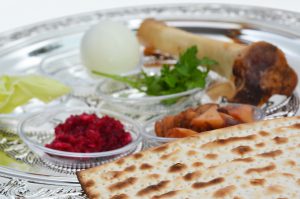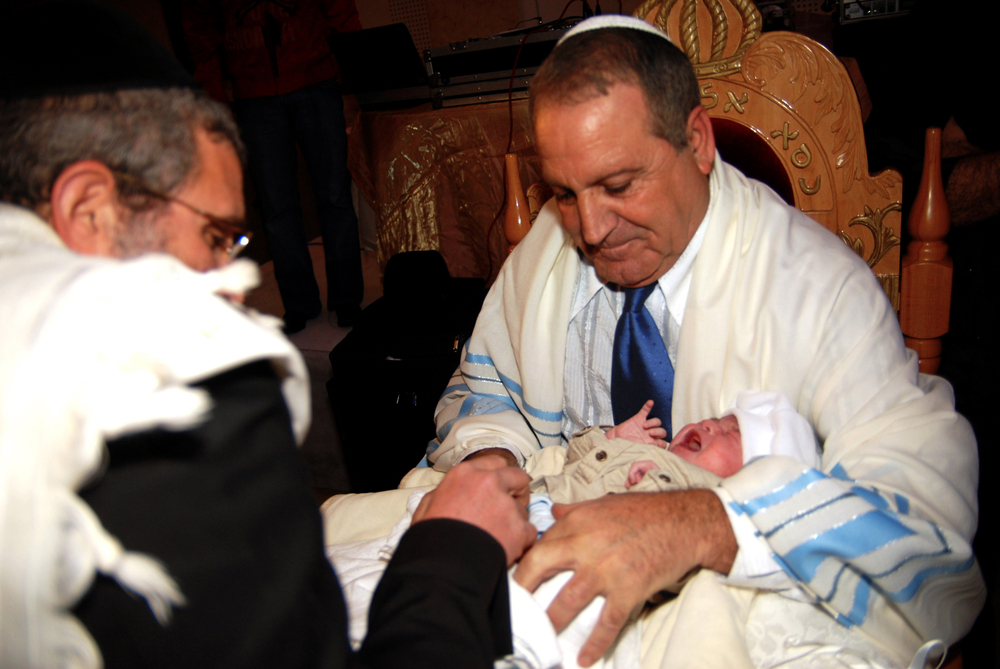This week’s Torah Portion begins the 4th book of the Torah, Parshat Bamidbar. In this week’s Parsha, Hashem instructs Moshe, with the help of the tribal leaders (each called a Nasi) to count all of the men of military age (20-60 years old) from every tribe of the Jewish People. The tribe of Levi is counted separately and all males over the age of 1 month are counted. Because of the sin of the Golden Calf, the tribe of Levi will serve in the Mishkan (and later in the Beit HaMikdash) rather than the first born sons. The 273 first born sons who did not have a Levi to replace them were told to pay five shekels to redeem themselves. The holy job of the Levi’im is to dismantle, carry and reassemble the parts of the Mishkan and to guard them in their encampments all around the Sanctuary. The Kohanim (Preists) would carry the vessels and coverings of the Mishkan when the camp was traveling. The Parsha details where each tribe would camp, in four groups of three tribes each and lists the population of each tribe.This formation was kept while the Jewish People were traveling in the desert as well. Each tribe had a Nasi (leader) and a its own flag with a unique color (Rashi tells us that the colors were the same as their representative stones on the breastplate worn by the Kohen Gadol) and symbol representing the tribe. Additionally, each tribal group had a flag that consisted of all of the colors of the tribes in the group.
There are many symbols in this week’s Parsha! Bubble Monsters represent the counting of the men of military age that takes place in this week’s Parsha. Colorful pacifiers can symbolize the first born sons who were no longer able to serve and the Levi’im who were counted from the age of one month to replace them (thank you to my son, Moshe Tzvi, for coming up with this idea!). Candy coins symbolize the five-shekel redemption that was paid by the first borns who did not have a Levi to replace them in service. Lego candies can represent the service of the Levi’im, whose job it was to dismantle and reassemble the pieces of the Mishkan when the Jewish People traveled. Triangular jelly beans assembled with a toothpick can symbolize the flags of the tribes that were set up where they camped. Finally, rainbow sour belts can represent the tapestries of the Mishkan that the Kohanim would carry and the tri-colored flags that represented each group of three tribes that camped together.
Additionally, the holiday of Shavuot is celebrated this week in which we commemorate the giving of the Torah on Mt. Sinai! Candy flowers represent the flowers that we are told grew on Mt. Sinai when the Torah was given. For a more in-depth explanation and some additional representative treats for Matan Torah, please refer to Parsha Sweets and Treats from Parshat Yitro. If you are interested in a creative treat, this is a good week to assemble Torah cookies (from wafers and wafer rolls). Instructions can be found in this edition of Parsha Sweets and Treats.
What other ideas do you have? Please list them in the comments sections below.
Shabbat Shalom and Chag Sameach,
Shayna Levine-Hefetz



Wraps
says:This page truly has all the information and facts I wanted concerning this subject and didn’t know who to ask.